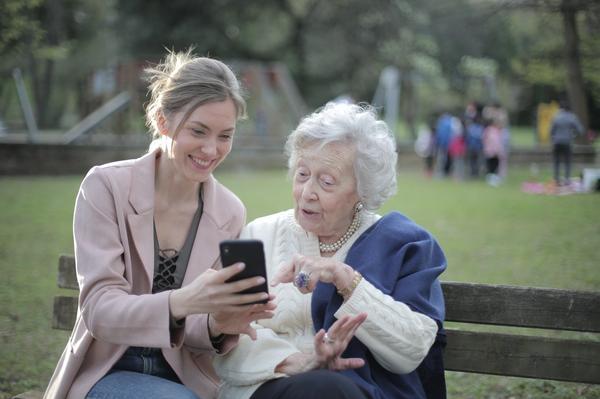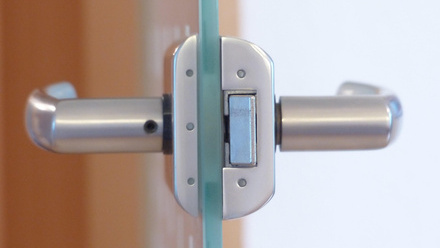Mike Williams, managing director of Homecare Association affiliate members Tagtronics – reviews the CQC’s key lines of enquiry to understand how homecare businesses can use them to push care standards forward in our latest guest blog.
Care has always been at the centre of the homecare industry, but following the pandemic, it’s more important than ever to consider the CQC guidelines, and how they can support a culture of care within your homecare business.

Meeting CQC standards
The past few years have been difficult for all of us, and homecare businesses are no exception. Research has shown that 56% of careworkers believe the COVID-19 lockdown negatively affected the independence and dignity of those they were caring for. Additionally, the CQC made 17 recommendations in 2020, detailing how to improve care quality for those with complex needs, however, it recently revealed none of these recommendations had been achieved by 2022.
As we move into a post-pandemic era, it’s important to consider how homecare businesses can improve standards to create a culture of care that reflects the CQC’s standards.
Homecare businesses may fear ‘inadequate’ or ‘requires improvement’ ratings, but by unpicking and understanding the five key lines of enquiry and implementing the standards all year round, CQC visits offer a learning opportunity to provide high quality care.
Understanding the key lines of enquiry
Currently, there are five key lines of enquiry the CQC will focus on whilst inspecting your business. These are:
- Safe
All lines of enquiry are important, however safeguarding your service users is the foundation of any homecare business. This should be incorporated into all of your business’ processes to ensure yout clients are protected, and you should be able to demonstrate how you learn from any errors made. For example, you may use eMARs to enhance service delivery and reduce medication errors.
- Effective
This line of enquiry demonstrates the outcomes of your business’ support, care and treatment. The CQC wants evidence of how the care you deliver is in line with current legislation, as well as how your business is committed to improving results for your clients. A paperless system can automatically produce the reports required by care regulators, which can help to review how your results improve year round.
- Caring
For this line of enquiry, the CQC wants to see that your service users are being treated with kindness, compassion, dignity and respect. In addition, you will need to prove how you respect the privacy and independence of those in your care. In comparison with traditional systems, digital systems provide transparency, giving you the insight you need to ensure a high quality of care.
- Responsive
For this line of enquiry, the CQC wants to see how you’re adapting your service to meet the needs of different individuals, instead of providing the same type of care for every client. You can illustrate this with digital care plans, which will support your careworkers to ensure the unique needs of an individual are understood and met.
- Well-led
This final line of enquiry requires a clear vision and strategy for your business. This should help your careworkers to provide a high quality of care to your clients, encourage a positive work culture, as well as demonstrate how you all learn, improve and innovate.
Embodying a culture of care
To ensure all of the lines of enquiry are a part of your business by the time of your next visit, start by assessing where you currently are.
If you received a ‘good’ rating during your last inspection, you shouldn’t be inspected for the next 30 months. However, that doesn’t mean it’s time to sit back, as embedding a culture of care is all about continuously improving care standards.
Start by assessing your last report and review what areas you could improve on, even if that’s simply to take your rating from ‘good’ to ‘outstanding’. If you’re unsure where you should start, try comparing your business to local or national averages – for example, for customer satisfaction, staff turnover or staff qualifications.
Don’t wait until your next CQC visit to evaluate your quality of care. If you’re using a digital system, you can easily gather data on care plans, your staff and complaints and incidents to determine an issue before it becomes a problem flagged up by the CQC. However, don’t forget to evidence improvements between inspections, so the CQC can recognise your hard work.
The difference
To embed a culture of care, you need to invest more than just money. By understanding the CQC’s lines of enquiry you can consistently aim for them – rather than just taking notice before inspections – to improve service user experience and boost business growth, team retention and your business’ quality of care.
For more information on embedding a culture of care with digital systems, visit Tagtronics or call 01254 819 200.
The Homecare Association can accept no liability for advice, services or products offered or provided by third parties. Inclusion on this blog does not imply endorsement by the Association of the opinions contained in the blog.






